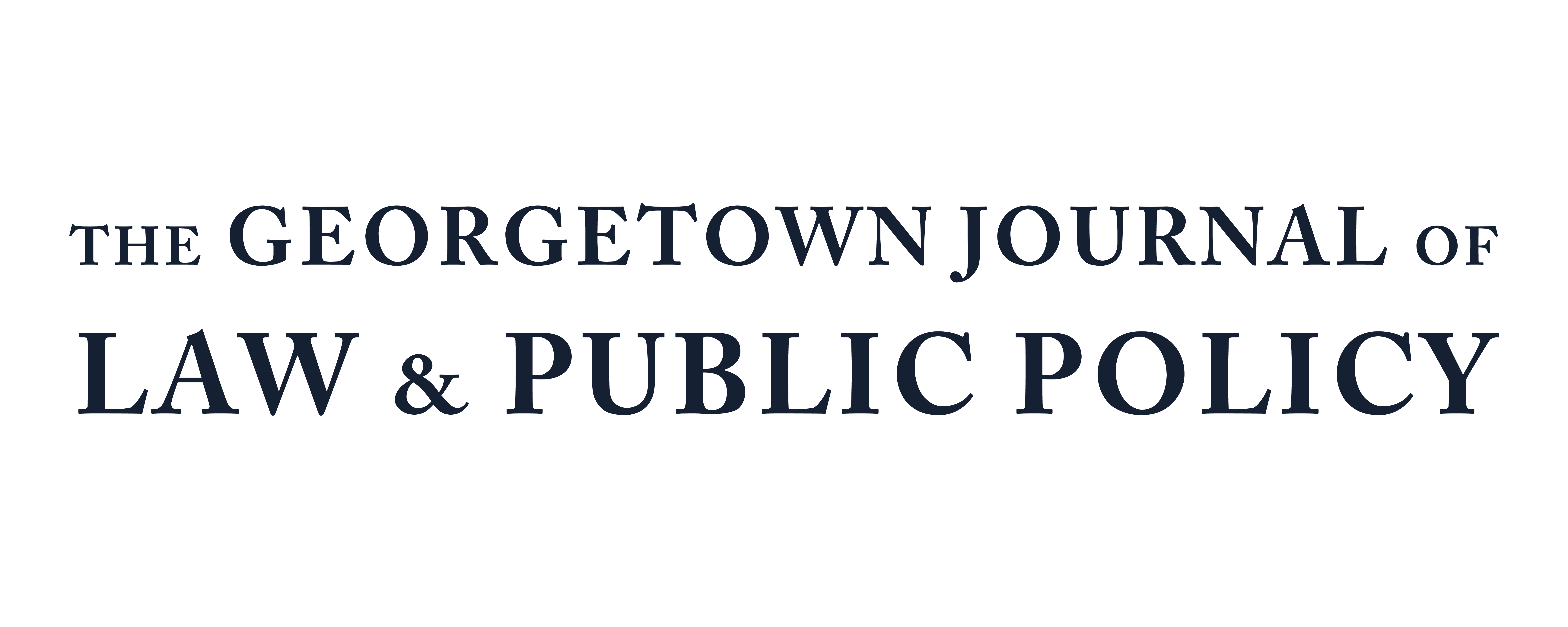Following in the Footsteps of Fair Pay: The Case for Exempt "Time Transparency" and the Mandatory Disclosure of White-Collar Work Hours
Demanding schedules are increasingly the norm for salaried office workers in the United States today, and there is no legal limit to their workweeks. The federal Fair Labor Standards Act of 1938 (“FLSA”) is the nation’s primary legislation governing wages and working hours, but it does not require overtime pay for all employees. Instead, several categories of employees are exempt from the FLSA’s minimum wage and overtime protections, including certain executive, professional, and administrative employees, colloquially known as “white-collar” workers. Without overtime protections, white-collar workers are vulnerable to mounting workweeks. Despite repeated calls for reform, including specific proposals to rein in working hours for exempt employees, the FLSA has remained largely the same for over eighty years. But amending the FLSA to impose maxi-mum hours or overtime protections may not be the best solution. The very fact that such proposals have repeatedly failed to gain traction in the past suggests that opposing concerns may be valid and that sweeping reforms may not be viable.
This Article suggests that we should consider new forms of reform instead. Specifically, we should follow the lead of pay-equity advocates who have responded to the inadequacies of the Equal Pay Act and Title VII by proposing pay transparency regulation as a means of informing and empowering employees and prompting employers to correct gender pay disparities on their own initiative, even in the absence of litigation. In a similar vein, this Article suggests that instead of revising the FLSA to limit hours, the more effective, less intrusive path to shorter workweeks for exempt white-collar workers may be as simple as requiring employers to disclose the hours that their white-collar workers actually work. Requiring employers to compile and disclose working hours could put downward pressure on long workweeks as employers compete in the marketplace to recruit and retain talent and maintain their reputations. This Article is the first to argue that for all the same reasons that pay transparency proposals promise to close a gender pay gap that has persisted for decades, exempt “time transparency” is better suited to produce more reasonable work-weeks than command-and-control legislation regarding maximum hours and overtime.
Subscribe to GJLPP
